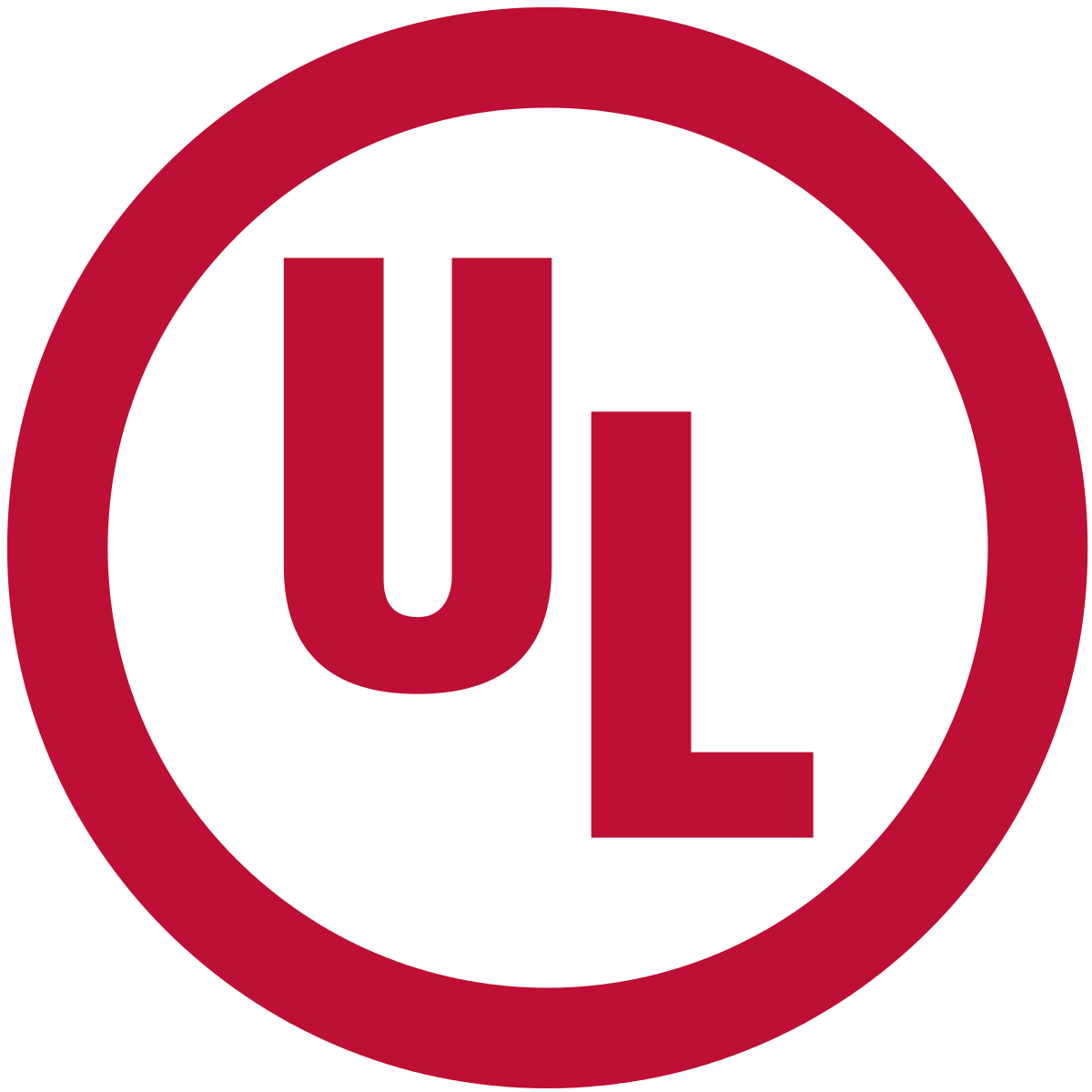What is UL 325, and Why is it Important for Summit Automation?
UL 325 is the national standard that addresses the automatic operation of doors.
Who is UL?
UL, or Underwriters Laboratories Inc., is a not-for profit organization established in 1894, which is self-described as “the leading third-party certification organization in the United States and the largest in North America.” UL’s primary stated mission is “to evaluate products in the interest of public safety.” There are other testing laboratories and certification organizations in the United States, but UL is the most well-known.
For products within the scope of the standard, UL 325:

- Contains the basic qualifying factors that products must meet in order to be documented (listed) and marked (labeled) as complying with the requirements of the UL 325 voluntary Listing and Labeling program.
- Provides methods for testing products, primarily related to safety performance:
- All Summit Automation systems are tested by a third party and verified that all the safety features will not cause death or serious injury.
- Summit’s software is provided with “pinch point” sensitivity which allows the installer to dial in sensitivity in the last 12 inches of travel where one could be pinched by the door.
- Summit’s systems were tested that even in lightning, and other extreme conditions, the door will not lose its safety effectiveness and will still keep safety as a priority while subjected to those conditions.
- Summit’s systems limit the speed of the door due to complying with the specification for the maximum kinetic energy requirements specified by UL. This is in order to preserve life.
- Covers installation of products in accordance with the National Electrical Code, which is maintained by the National Fire Protection Association (NFPA) and is in force nationwide. UL 325 is to be harmonized with this Code:
-
- Summit systems have been tested for electronics and wiring to be compliant to National Electric Code.
- We are compliant to NEC, as it is important for construction sites.
- Every component has undergone third party certification and is manufactured in UL compliant facilities and Summit, (a professional facility).
- Addresses safety concerning potential fire and electrical hazards, as well as the safety of the general public:
-
- Summit systems have been thoroughly tested for safety compliance to ensure the system will not cause a fire when utilizing UL rated and verified components.
- Every component in Summit systems has been measured to proper heat levels to ensure they do not become a fire hazard by becoming too warm and a fire hazard.
- Summit systems have had EMI testing done to verify that lightning, and other electronic devices and interference, do not affect the safety of the door.
- Summit now utilizes shielded cable that runs through walls of houses and grounds out electrical spikes.
- Summit systems provide safety to end users and has life-of-safety features built into our “pinch point” protection.
Now that we’ve covered the basics of what the UL 325 standard is and requires, and how we meets these criteria and requirements, let’s look at why you should care about it.
While Summit Automation complies with the UL 325 standard, commitment to the standard is needed from every party involved. Summit Automation’s system has been tested as a whole and designated as a SYSTEM UL 325 compliant. Not only is the manufacturer responsible for the safety of these products, but also the designer, specifier, dealer, installer, technician, and end user. The new standard affects the entire process, from specification to installation and use. By complying with the UL 325 standard, you will be providing the highest safety and liability prevention available for these systems, from start to finish. Everyone is accountable and responsible for making sure the product is safe, and safety is Summit Automation’s primary concern.
Is UL 325 a federal law?
Some doubters, or those who may not see the value in making the extra efforts that Summit Automation does, may claim “UL 325 is not a federal law”. However, UL 325 has the force of federal law because it has been incorporated into the National Electric Code (NEC), NFPA 70, as well as the US Consumer Product Safety Improvement Act of 1990. The NEC is not a “federal law” either, but electricians carefully align their work practices to the NEC, which code authorities vigorously enforce, so it makes sense to follow.
Is your installation “up to code”?
As of May 2018, at least 43 states have adopted a version of the International Building Code (IBC) that references compliance to UL 325 and ASTM F2200. When a state adopts an ICC Code, it becomes a law in the state. Thus, UL 325 and ASTM F2200 are enforceable laws in most states. Please check and review DASMA TDS 383 for details about the addition of Automated Vehicular Gate Systems into the ICC model codes.
Inspectors who work for state or local code authorities are also known as AHJs (Authority Having Jurisdiction). Most inspectors will immediately look to verify that all electrical products bear a mark proving that they are listed to a relevant standard. If there is no listed mark on an operator, the inspector will likely demand that the equipment be removed. As the National Electric Code says, “The authority having jurisdiction for enforcement of the code has the responsibility for making interpretations of the rules, for deciding on the approval of equipment and materials, and for granting the special permission contemplated in a number of the rules” (Article 90.4).

